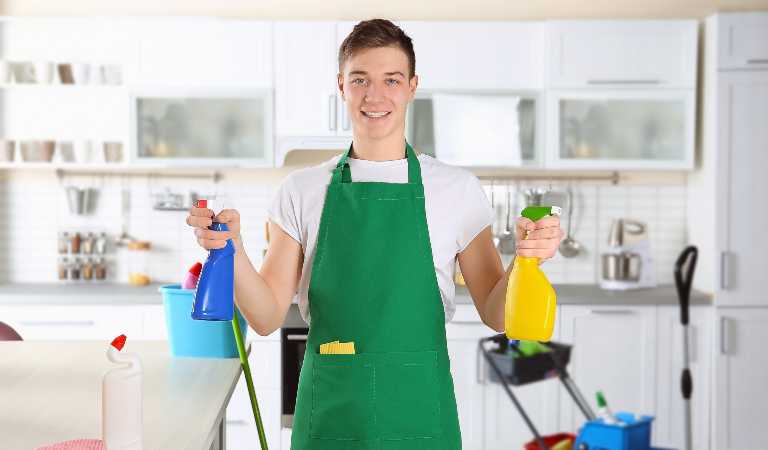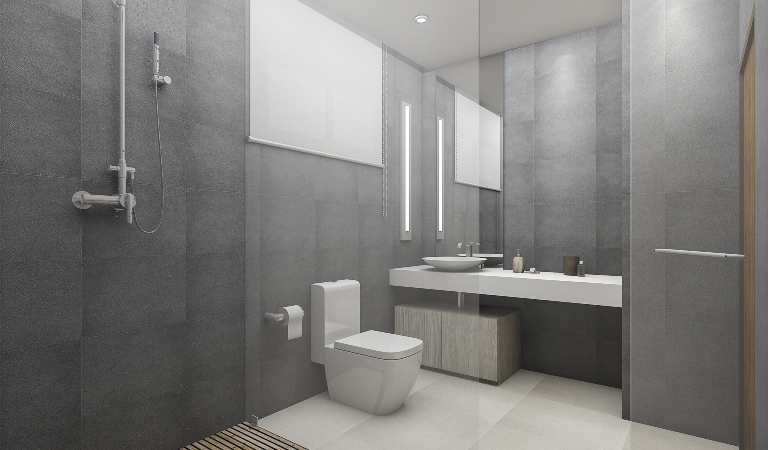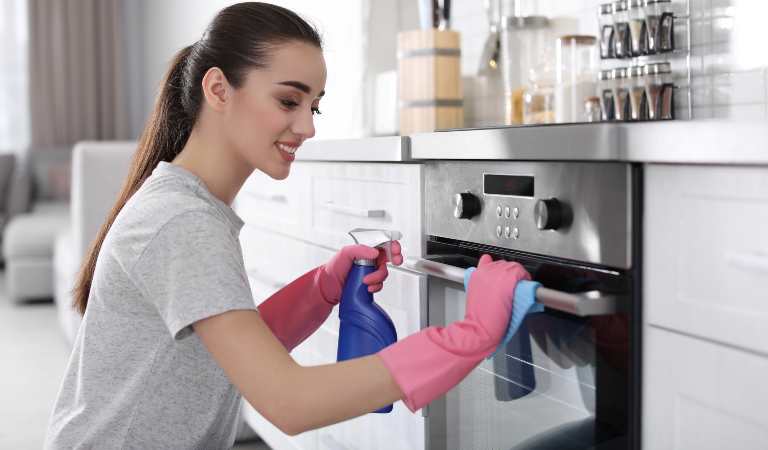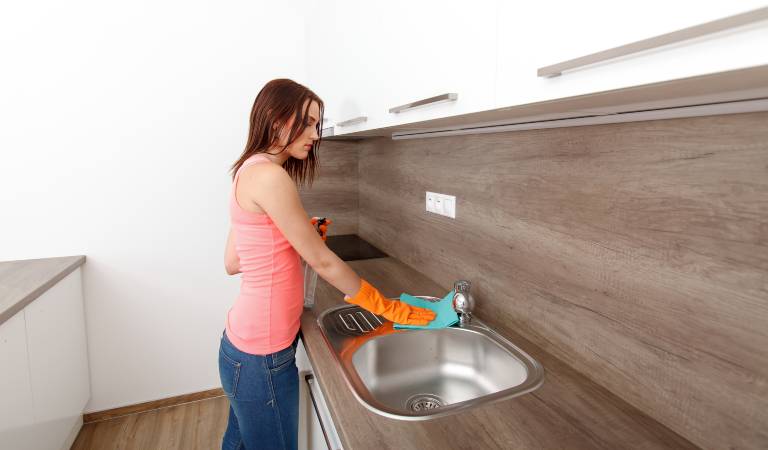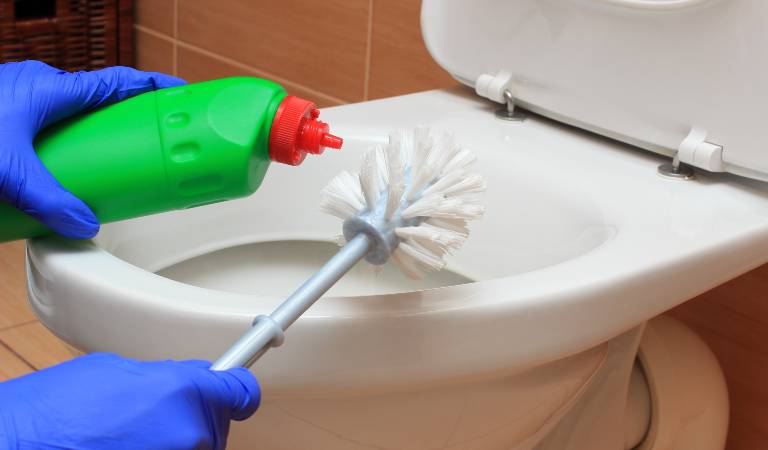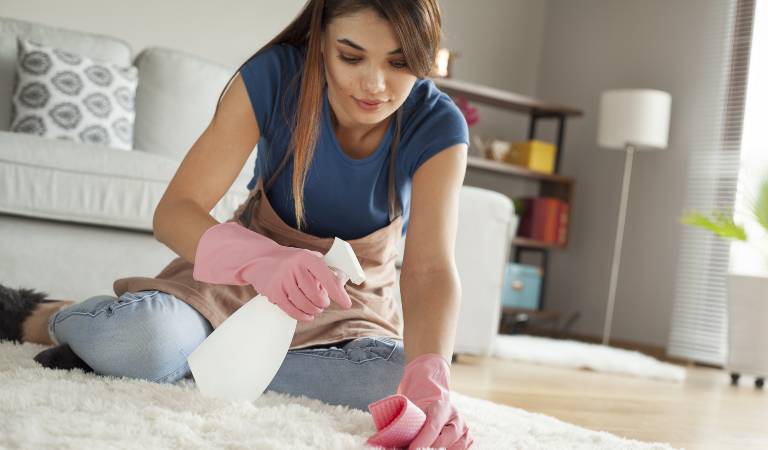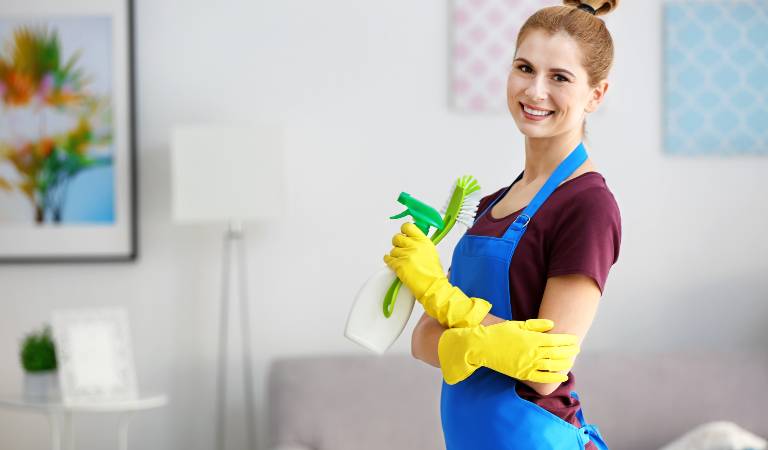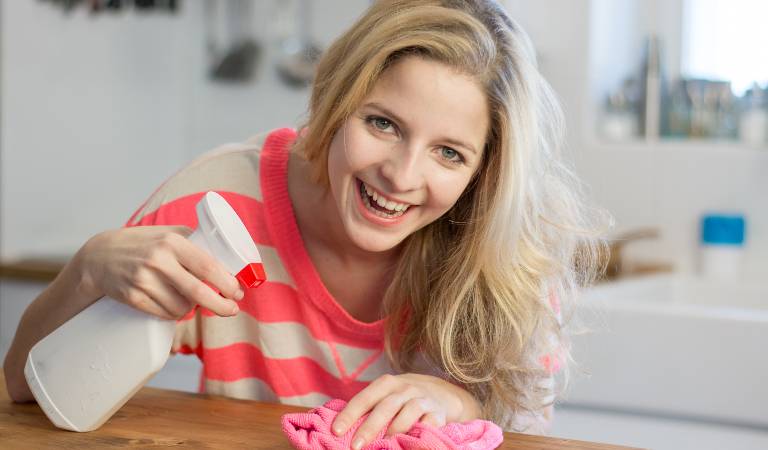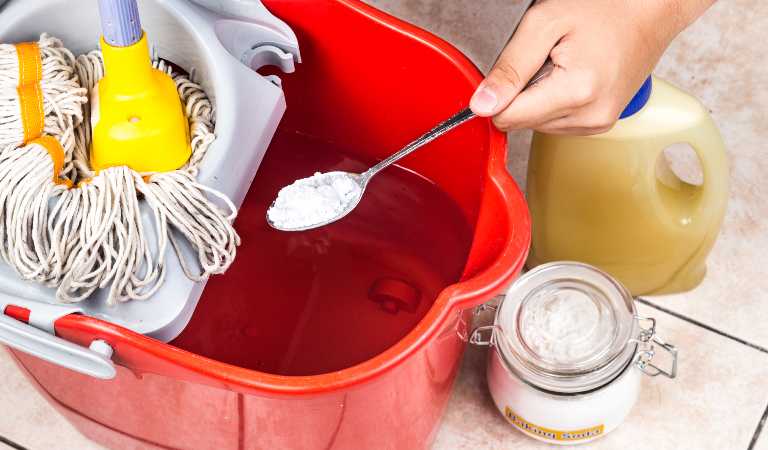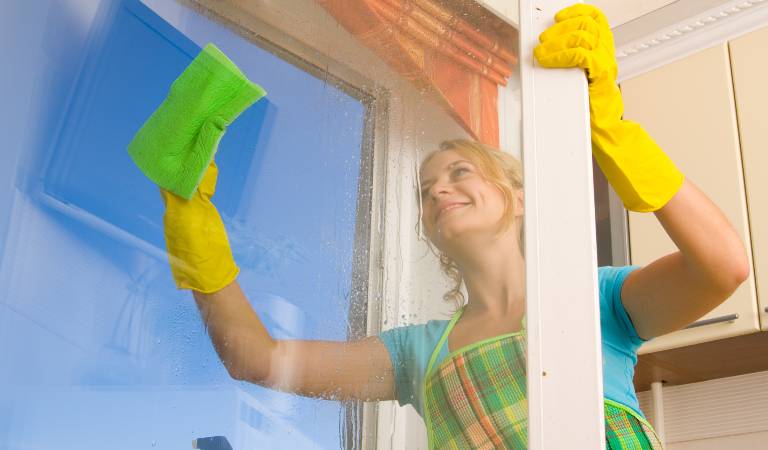Cleaning products that are too acidic or alkaline can damage your floors and natural stone surfaces. The best thing you can do is to make a natural pH-neutral cleaner. This won’t leave harmful fumes behind and will help you maintain shiny surfaces.
Here is a complete guide on preparing natural pH-neutral cleaner that can easily remove tough stains, scuff marks and grime from your different surfaces and resolve indoor air quality problems.
What is a pH Neutral Cleaner?
A pH neutral falls in the middle of the pH scale. The pH scale determines a particular cleaning product’s alkalinity and acidic levels. The scale ranges from 0 to 14. If the value of a solution is less than pH7, then it is acidic. Such products work wonders in removing mineral deposits and non-organic messes.
Subsequently, alkaline solutions range from 7.1 to 14. They can help you remove organic stains, such as built-up grease and grime.
A pH-neutral cleaner will have a value of 7, making it safe to use on delicate surfaces and other areas. These will be non-hazardous and contain no toxic elements, such as phosphates, hydroxides, etc. However, there is a myth that all homemade cleaners are safe and have a neutral pH value.
For instance:
White vinegar has a pH value of 2.4 and has acetic properties that can damage or discolour your natural stone surfaces. Similarly, lemon is citric acid, with a pH of about 2.3- not safe for sensitive surfaces.
If you are at the end of your tenancy and want to impress your landlord, hire professionals for quality end of lease cleaning Perth. They know the right solutions for different surfaces and deliver sparkling results.
Why do you need a Neutral Cleaner?
Too acidic or too alkaline cleaners are safe for natural stone surfaces, such as granite countertops, marble floors or limestone tiles. You need a cleaner that has a neutral value. Such products can help remove stubborn stains and grime without leaving unwanted spots behind.
The best part is that it won’t discolour or damage your natural stone surfaces and other materials including:
That doesn’t mean acidic or alkaline cleaning products are bad. The thing is that neutral cleaners are gentle and won’t cause any damage to natural stone countertops, floors, tiles and walls.
You can also book the best company for a meticulous end of lease cleaning Perth to help you cover all rooms, nooks and crannies with ease. If you are doing it yourself, avoid common cleaning mistakes tenants make and lose their bond money.
How to Make a DIY Natural pH Neutral Cleaner?
Instead of buying neutral cleaners from a local store in Perth, you can prepare them at home. All you need is:
You can easily find dish soaps and detergents that have neutral pH value. Read the labels and avoid buying products that contain harmful chemicals, such as phosphates, ammonia and bleach. If you see words like ‘gentle’ or ‘great for hands’ on the packaging, buy them and use them to prepare your DIY natural stone cleaner. This is one of the best ways to make your house healthier as you don’t have to use harsh cleaners.
Directions:
Note: Test the cleaner in an inconspicuous area before applying it to natural stone surfaces.
How to Use it Around Your Home?
You need a microfiber cloth or a mop to clean your walls, countertops, tiles and floors.
1. Spray on Countertops and Grout Lines
You can spray on the affected areas of your countertops or grout lines. Let it sit for 5-7 minutes before wiping it with a clean microfiber cloth. It can help you remove spills, stains and grime in no time.
2. Mop the Floors
First, remove loose dirt and debris from your floors using a vacuum cleaner. The next step is to dip a microfiber mop in the neutral cleaner.
Get rid of excess solution and mop the floor. This won’t leave hard water stains behind. Make sure you cover the nooks and crannies. The best part is that it is one of the best cleaning products that are safe for your pets.
Make sure you dry the floor completely for shiny results.
3. Tackle Spills Immediately
All you need to do is to pour the solution on the spill and wipe it off with a cloth. This is one of the best hacks to eliminate spills, splatters and other tough stains from all-natural stone surfaces.
If you are concerned about the entire rental property before the final inspection, hire trained end of lease cleaners Perth for detailed cleaning. They will clean your floors, grout lines and other areas according to the approved checklist and help you get the full bond back without any dispute.
Wrapping Up
Clean your floors, marble tiles, kitchen countertops and other natural stone surfaces by preparing this natural pH-neutral cleaner. It can help you remove stubborn stains and grime without causing discolouration or any damage.
